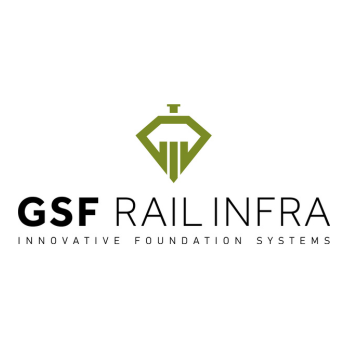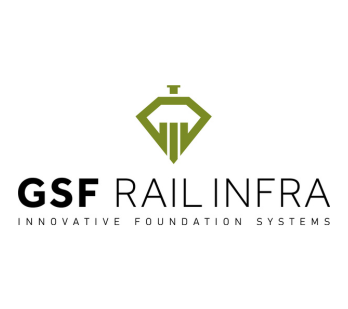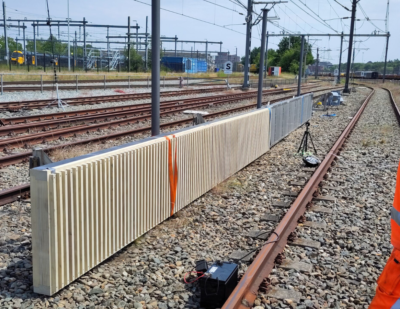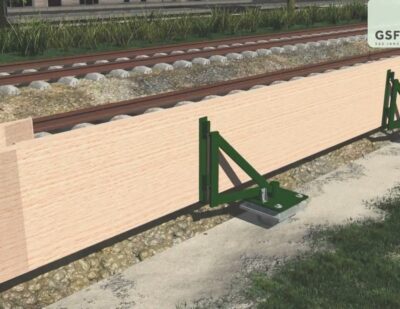GSF RailInfra GmbH (GSF) and its partner Rail Power Systems GmbH (RPS) have organised a two day seminar for the German market.
The seminar, split in one day with a broad focus and a second day with a technical and design focus, was attended by customers, designers and engineers from all over Germany.
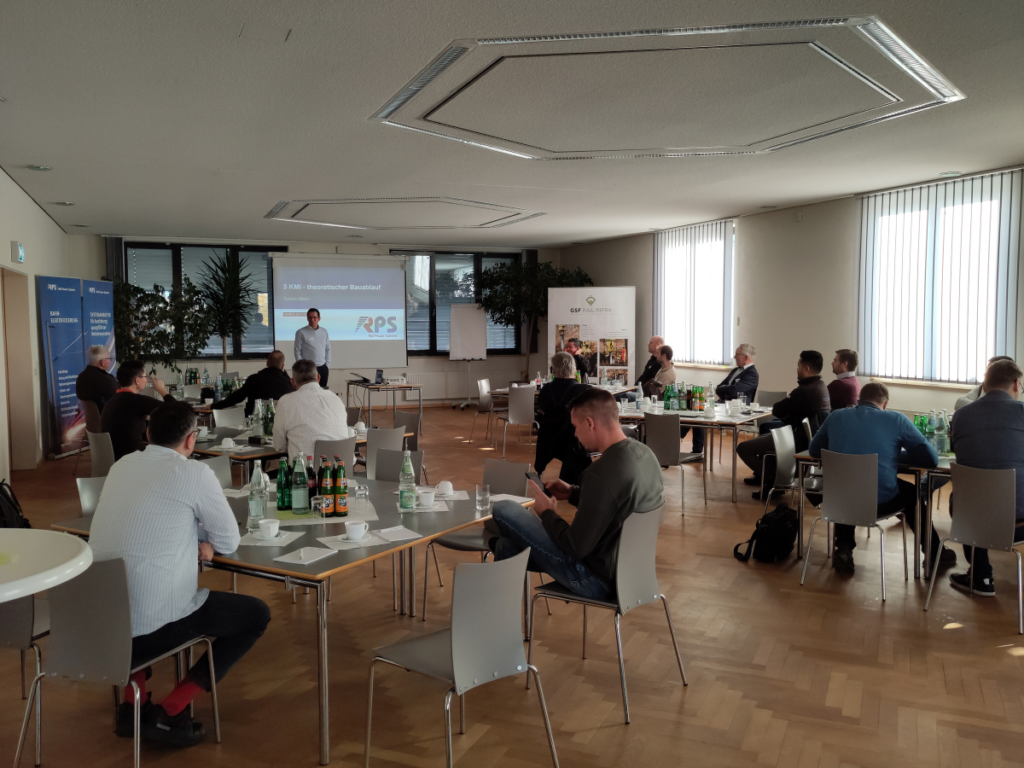
The days were started of with a general explanation of the GSF foundation. As it is not only a new product in the German market, but a whole new foundation category too, an explanation of the general working principle was given. Focus was put on how to design catenary systems to fully utilize the foundations strongpoints, and how this foundation is going to be integrated into the German EBS design regulations once it receives full approval (expected somewhere in Q1 of this year).
After this general introduction examples were given of project plannings that incorporate this new foundation type, both a theoretical project and a concrete example of a project in the works. These plannings are based on GSF’s ‘5 Kilometre Initiative’, a method to install 5 kilometres of (Dutch) turn key catenary systems within a single weekend (56 hours), or approximately 20 kilometres in a 10 day period. This method was originally developed and applied in the Netherlands, and has been adapted for the German catenary systems and market.
The planning was explained in great detail, including the needed machinery (all regular and available equipment), the logistical requirements, and the required manpower (62 mechanics, of which a limited number of specialised catenary mechanics).
The afternoon was kicked off with a live demonstration, in which GSF and RPS installed a foundation + mast and cantilever, all within 25 minutes at a leisurely pace. This demonstration proved without a doubt that the proposed approach (which was already utilized in the Netherlands) could work just as well for the German catenary system, and in fact for any other countries system. A full and unedited video registration of this demonstration can be found on our Youtube channel (audio is lacking on purpose).
The day was finalized with group discussion about how the proposed methods will contribute to meeting the electrification goals that Germany has set itself (the so called Hochlauf). As one might imagine, with these production rates it becomes possible to quickly electrify large parts of the German rail system, thereby significantly contributing to these goals.
Some important aspects that became clear from the discussion is that limiting the disruption times is very valuable to network operators, as long disruption cause long term customer/passenger losses, as those people might buy a car to bridge the disruption period and then get accustomed to using that instead of the train. Another important point was that project development and engineering regularly take up to 5 years due to regulatory aspects. This would need to be tackled with a high priority if the 2030 electrification goal is to have any chance of being met.
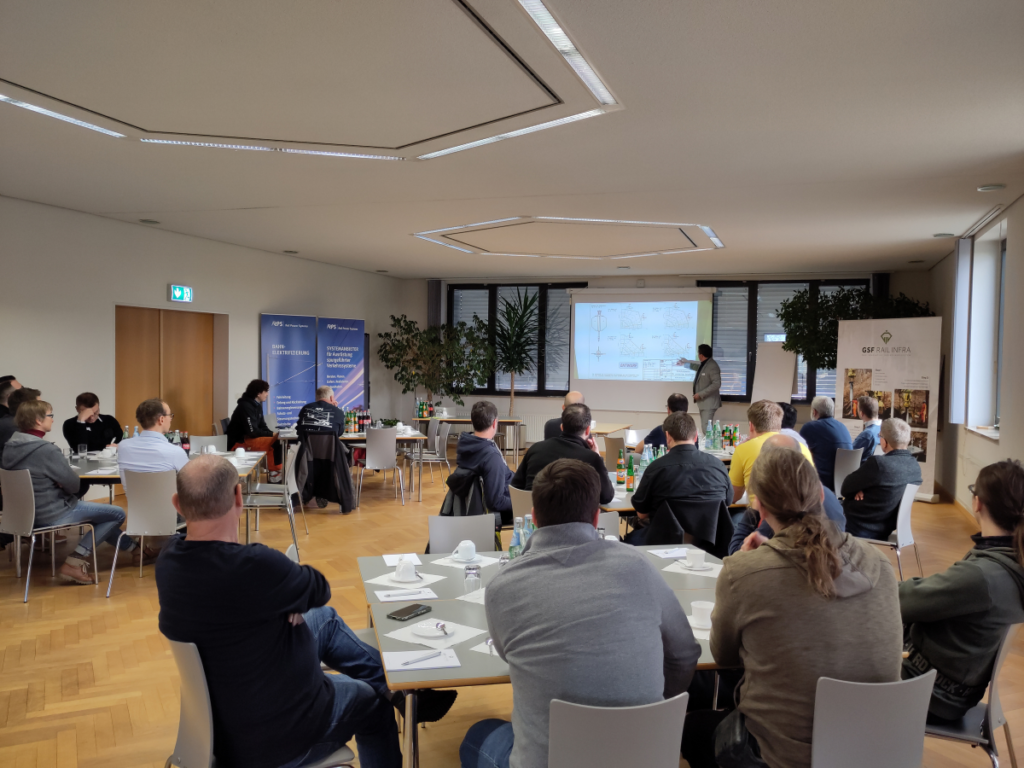
Comparison Between Germany and the Netherlands
Some important differences between German and Dutch systems and procedures, which necessitated an adaption of the ‘5 KMI’ are;
The Dutch system is (most commonly) a fixed catenary system (1500-1800V DC with 2 contact wires, a catenary wire and an additional distribution wire), the German system is a movable (temperature independent) 15 KV AC system consisting of a single contact wire and a single catenary wire, an additional distribution wire is uncommon.
Dutch maintenance periods are often limited to weekends (56 hours) and relatively short sections of tracks. German maintenance periods are often longer (one or multiple weeks) and span longer sections of track.
Dutch working shifts are 8 hours. In Germany 10 hour shifts are common.
In the Netherlands there is no fixed limit to the weight of railway equipment, and GSF prefers using 30 ton excavators for the increased installation reach. In Germany equipment such as a road/rail excavator does not weigh more than 24 tons thereby limiting the installation reach.
This article was originally published by GSF RailInfra.
